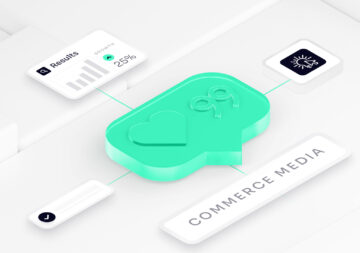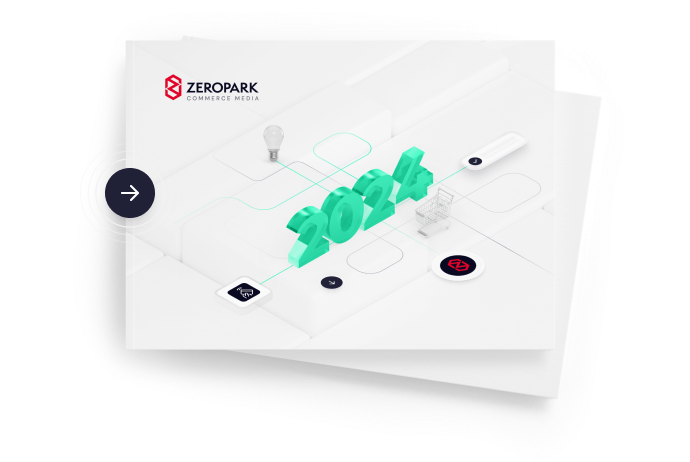The question we asked in the title is actually a tricky one, because as the answer may be ‘yes’, it is not so straightforward.
In 2023 the perspective on what media buying, performance marketing, or affiliate marketing really is, has far evolved from how it was perceived a few years back.
In the process, the industry started to pay closer attention to the quality of services, completing a shift towards user-friendly and innovative advertising. Affiliate marketing can mean a lot of different things even though they can all be boiled down to partaking in the process of delivering offers from relevant brands to relevant users.
This can be done in various ways. But what if you don’t have a website?
Is affiliate marketing without a website possible?
In short, yes. Agency media buyers and affiliate marketers working with the biggest global brands usually do not use additional websites. Of course besides landers and homepages that are a direct subject to advertising.
These, being the ultimate sales (or conversions) drivers, are one of the crucial parts of broadly understood programmatic advertising. The other elements are the right (relevant) advertising placement, correct user targeting, and relevant incentives. Combining these elements, which ultimately creates commerce media, covers the complete path from the inspiration of the user to conversion.
But technically, the media buyer or affiliate marketer may not necessarily be the direct owner of a product. The ad does need to comply with an advertising network, brand, and publisher’s guidelines, so these should be considered case-by-case.
No website is required besides the final landing page, just an audience.
Website vs. landing page
Before we go on to describe what are the methods of doing performance marketing without a website, we need to discuss an often omitted part of affiliate advertising – a pre-lander.
Pre-landers, otherwise known as landing pages, are standalone pages with the sole purpose of promoting the offer. They are sometimes used as a midway stop between the original placement of the advertisement and the final destination of users. Marketers use these landers to promote a product by showing customer reviews, opinions, instructions, or relevant articles.
It’s not a very common practice, as it requires advertisers to skillfully provide content to actually nurture the organic audience member before they decide to buy a product or service.
To discover what are the best practices for landing page optimization, see Zeropark’s dedicated blog article on that matter.
The landing pages could be handy as:
✔︎ They are the middle step between clicking on the link and being faced with a choice of whether to make the purchase or not;
✔︎ They allow brands to present information about the product so that customers know what to expect once they move to the final offer page;
✔︎ They may introduce gamification, which proves to boost user engagement.
✔︎ You can share comments and reviews of the product or service you’re trying to sell to increase the authority of the product;
✔︎ They are great places to elaborate on the offer – for example, by informing about discounts or time-sensitive pieces of information.
Top 4 methods for promoting brands without a website
1. PPC/PPA advertising
The first and most important way of affiliate marketing without a website is to access quality placements online provided by platforms like Zeropark. They work based on PPC (pay-per-click) and aggregate huge volumes of audiences from quality publishers all around the world.
To explore this opportunity in our ecosystem, read into the ultimate guide to Bidding on Search Marketplace Campaigns in Zeropark.
2. Social media marketing
You definitely don’t need a website to do affiliate marketing if you have a prosperous social media account. Any kind of reach on online social platforms could drive relevant audiences to the offer.
But this does require effort put into creating a channel to reach these users, ultimately making the marketer a publisher in the equation. And as the brutal reality often shows, creating an online social media network of engaged users does not work out for everybody. This is why, PPC commerce media audience reach is so crucial in driving revenues to brands. It simply exceeds the organic possibilities of all advertisers.
3. Word-of-mouth marketing
Surprisingly, marketing is also possible without anything at all. And we mean it, creativity and determination may be enough. However effective, it will always bear tight limits. And with advertising success there always comes a need to scale and excel – and these can rarely be done with just organic audiences.
Word-of-mouth marketing is a strategy, of course. But it works best for the biggest players on the market, whose brands are recognized by everyone. Unsurprisingly, these brands include it in the full-funnel marketing approach but never stop there, adding paid audience reach to their omnichannel strategy.
4. Email marketing
Email marketing is a type of marketing without a website that’s all about sending potential customers emails with offers. But first, you need to have an email list. That’s the tricky part because gathering that list is a whole different topic which also requires some actions, planning and most likely creating content.
Once you have a sizeable list of people who are interested in what you offer, you can nurture your leads by mailing them about certain products or services with links embedded in the content of the email.
Programmatic PPC advertising also allows Zeropark partners to access the interfaces of the most prominent email service providers. This way, programmatic brand suggestions can be displayed to support the user purchase journey inside the email dashboard and outside of the standard message body.
Conclusions
There are plenty of ways to do marketing without a whole well-established website. As always in the industry, the effectiveness will vary from case to case. The most effective strategy is the aforementioned PPC/PPV commerce media opportunities, but it of course requires some budgets.
Do we recommend sticking with just organic/free ways of advertising? Not really. Or rather, we wouldn’t recommend focusing on only these, as they simply have their limitations. The same goes for affiliate marketing without a website.
Magdalena Bober





